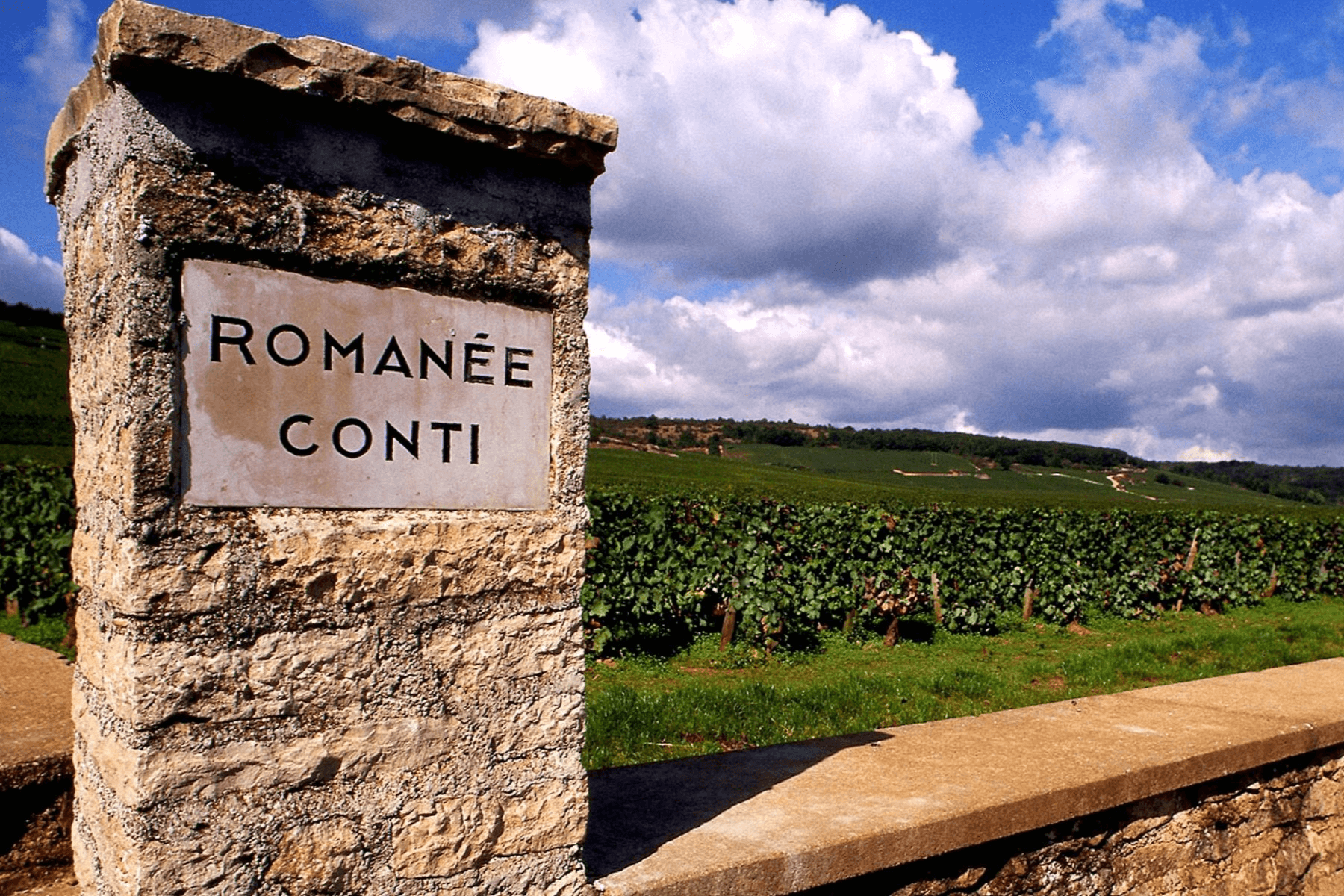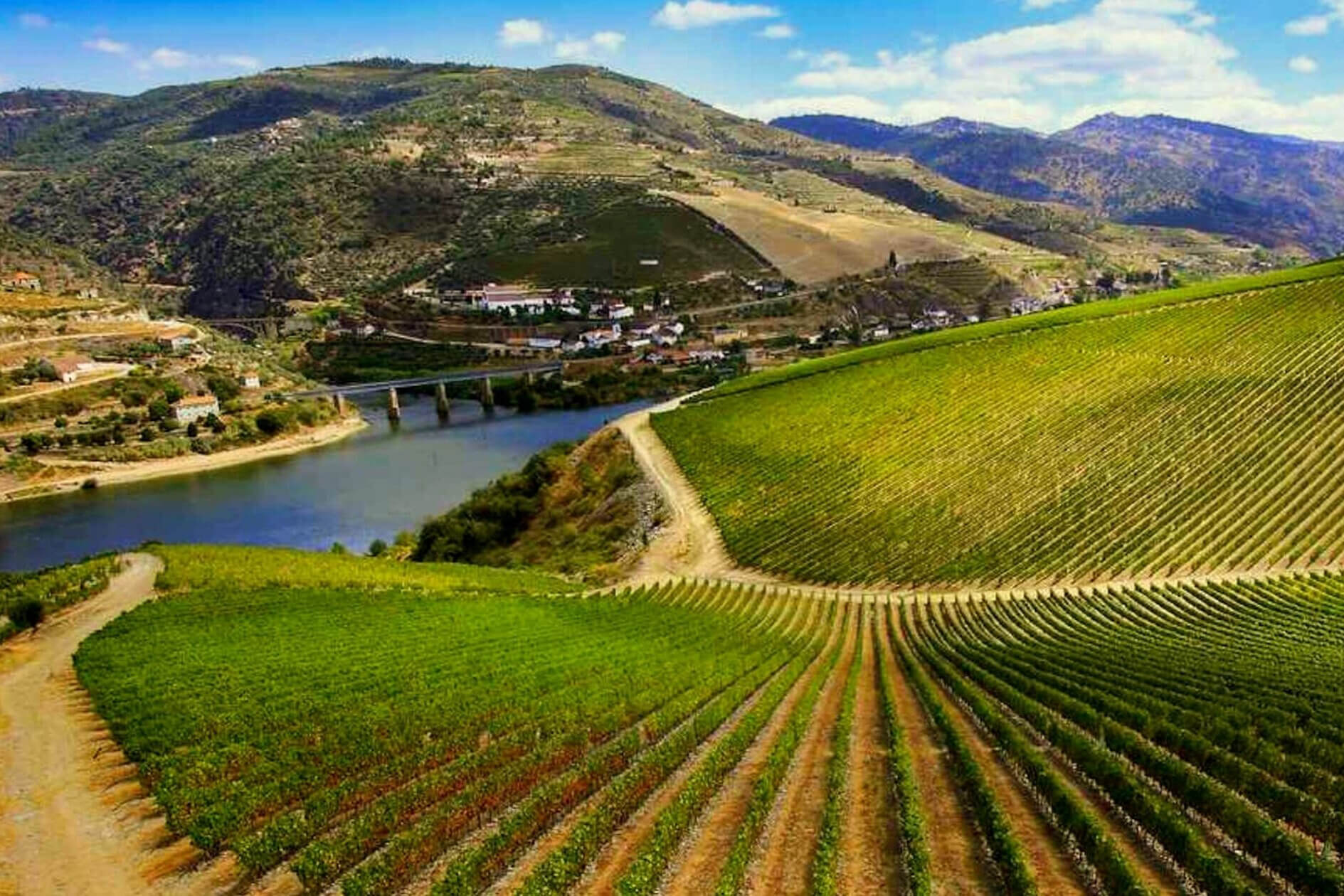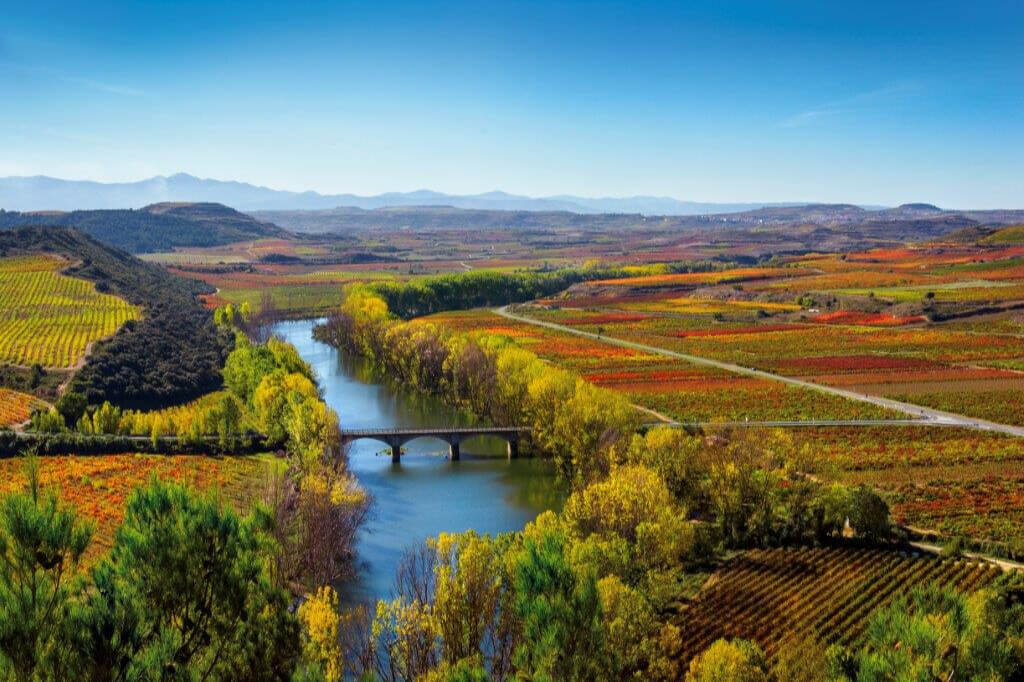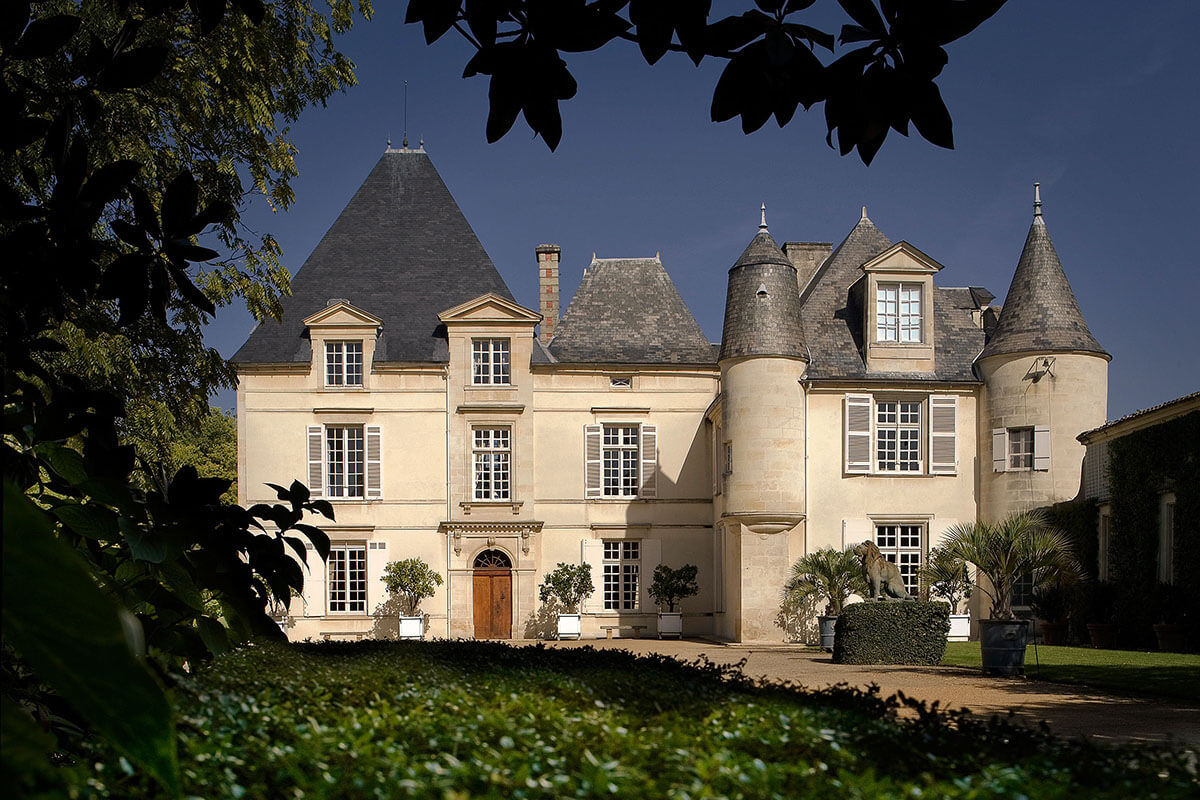Table of Contents
Burgundy, or Bourgogne as it's known in France, is a term synonymous with excellence in the world of wine. For wine enthusiasts and gourmands, understanding the intricacies of this region is akin to a pilgrimage into the heart of vinous craftsmanship. This blog post takes you through the captivating regions of Burgundy, highlighting their unique characteristics and offerings.
The Regions of Burgundy
Burgundy is divided into several viticultural areas, each with its own distinct terroir and grape varieties. Let's explore these regions:
1. The Côte d'Or
This is the heart of Burgundy, comprising two main areas—the Côte de Nuits and the Côte de Beaune. Known for producing some of the most prestigious wines in the world, the Côte d'Or is renowned for its Pinot Noir and Chardonnay.
Côte de Nuits
Famed for its exceptional Pinot Noir, the Côte de Nuits is home to 24 Grand Cru vineyards. Stretching from just south of Dijon to Corgoloin, this region is the epicentre of Pinot Noir excellence. Here, the wines exhibit a symphony of black currant, cherry, and earthy notes. While the Grand Crus like Romanée-Conti are legendary (and expensive), the Premier Cru offerings from villages like Fixin and Brochon offer excellent quality and value.
Côte de Beaune
Unlike its neighbour to the north, the Côte de Beaune is celebrated for both its red and white wines. The area is particularly known for its illustrious white wines from villages like Meursault and Puligny-Montrachet. It's here that you'll find the Montrachet Grand Cru, considered one of the finest white wines in the world. The red wines, from places such as Volnay and Pommard, should not be overlooked for their elegance and depth.
2. Chablis
Chablis stands apart geographically and stylistically from other Burgundy regions. Nestled closer to Champagne, Chablis is famous for its lean, unoaked Chardonnay. The region's Kimmeridgian limestone soil imparts a distinct minerality and crispness to its wines. From fresh Petit Chablis to complex Grand Cru expressions, Chablis wines are a global benchmark for purity and elegance in white wine.
3. Côte Chalonnaise
Often overshadowed by its northern neighbours, the Côte Chalonnaise is a hidden gem for those seeking fruity, affordable wines. Predominantly producing Pinot Noir and Chardonnay, the region offers wines that are best enjoyed young, capturing the essence of the gentle, hilly landscape.
4. Mâconnais
The Mâconnais, situated at the southern gateway of Burgundy, is predominantly a white wine region with over 90% of its vineyards planted with Chardonnay. Known for its charming and accessible wines, the Mâconnais also produces small quantities of red wine, mostly Gamay. The wines from this region are known for their affordability and appeal.
Source: https://2.bp.blogspot.com/-vMYt78KQpBw/Uc8P8--vmmI/AAAAAAAAExY/5lgsokeUzjQ/s852/202_Bourgogne.jpg
A Guide to Burgundy Wine Classification
Burgundy, a region celebrated for its exquisite Pinot Noir and Chardonnay, boasts a wine classification system that both intrigues and challenges wine enthusiasts. With over 100 appellations, the hierarchy of Burgundy wines is segmented into four distinct quality levels. Understanding these classifications not only enhances your appreciation but also guides you in selecting wines that suit your palate and occasion.
The Four Levels of Quality
1. Grand Cru Wines
At the pinnacle of Burgundy's classification system are the Grand Cru wines, representing the crème de la crème of the region. These wines originate from Burgundy’s top plots, known as climats, and are synonymous with luxury, complexity, and longevity. With just 33 Grand Crus located in the Côte d’Or, they account for a mere 1% of Burgundy’s total production. Yet, their impact is monumental.
These wines, including legendary names like Romanée-Conti, La Tâche, and Montrachet, are crafted for cellaring. They embody the finest expressions of Pinot Noir (60% of production) and Chardonnay (40% of production). The label proudly displays “Grand Cru,” signifying a wine experience like no other.
2. Premier Cru Wines
Just a notch below the Grand Crus, Premier Cru wines are sourced from special climats within Burgundy’s villages, often situated mere inches from Grand Cru vineyards. There are 640 Premier Cru climats, and they represent 10% of Burgundy’s production. These wines are recognized for their intensity, imparted by factors such as unique soil composition and optimal vineyard orientation.
On the label, look for “Appellation 1er cru contrôlée.” Premier Cru wines offer a balance of quality and affordability, making them excellent choices for pairing with gourmet meals.
3. Village Wines
Village wines are quintessentially Burgundy, deriving their character from the specific village or commune where the grapes are cultivated. Such recognizable appellations include Beaune, Givry, Nuits-St-Georges, and Pouilly-Fuissé. With 44 villages contributing to 37% of Burgundy’s production, these wines offer a delightful exploration of the region’s diverse terroirs.
Village wines are typically fresh and fruity, with minimal oak influence, making them approachable and versatile. They are perfect for those beginning their Burgundy wine journey or seeking a reliable bottle for everyday enjoyment.
4. Regional Wines
Occupying the base of the classification pyramid are the Regional wines, which constitute 52% of Burgundy’s output. These wines can be made from grapes grown anywhere in Burgundy and are often labeled as “Bourgogne Blanc” (white) or “Bourgogne Rouge” (red). Known for their light and lively qualities, Regional wines are delightful sippers ideal for casual occasions.
For those who adore sparkling wines, the “Crémant de Bourgogne” adds a bubbly twist to this category, offering an excellent alternative to Champagne.





